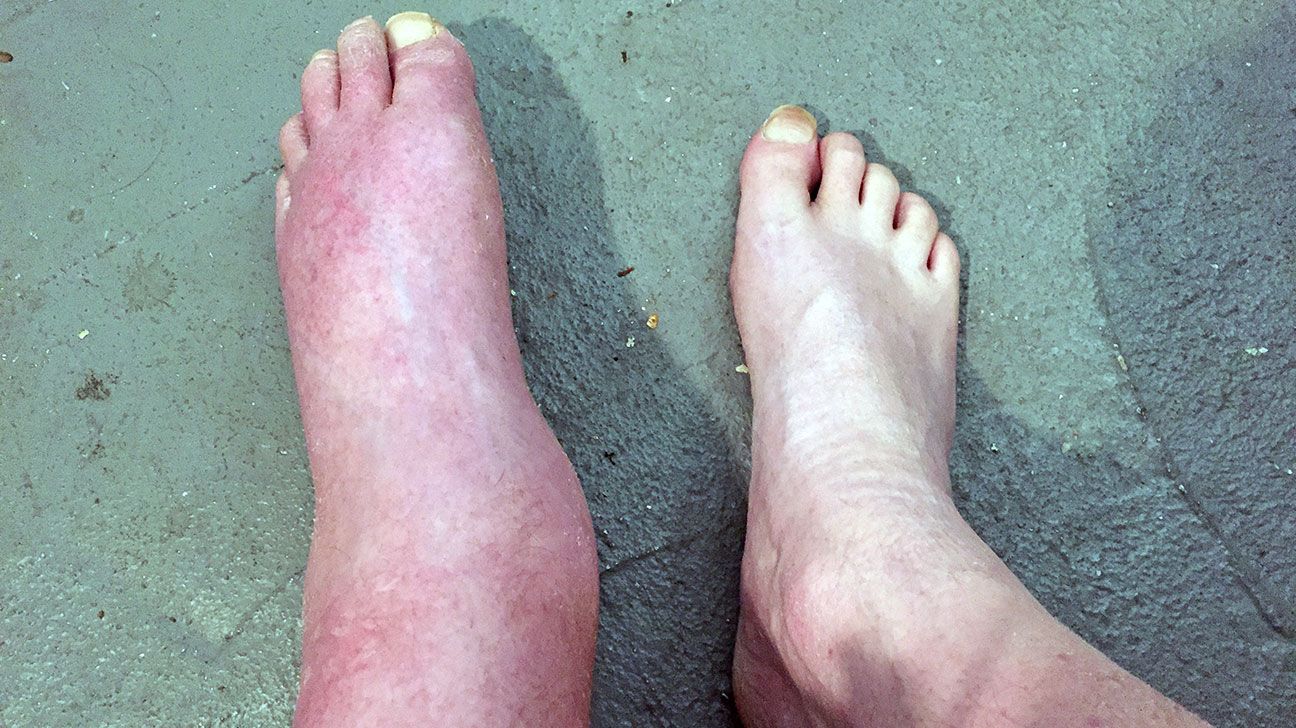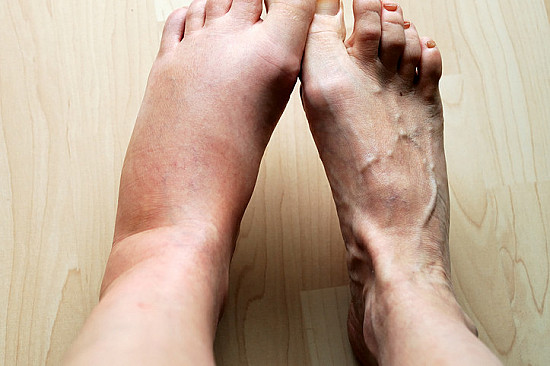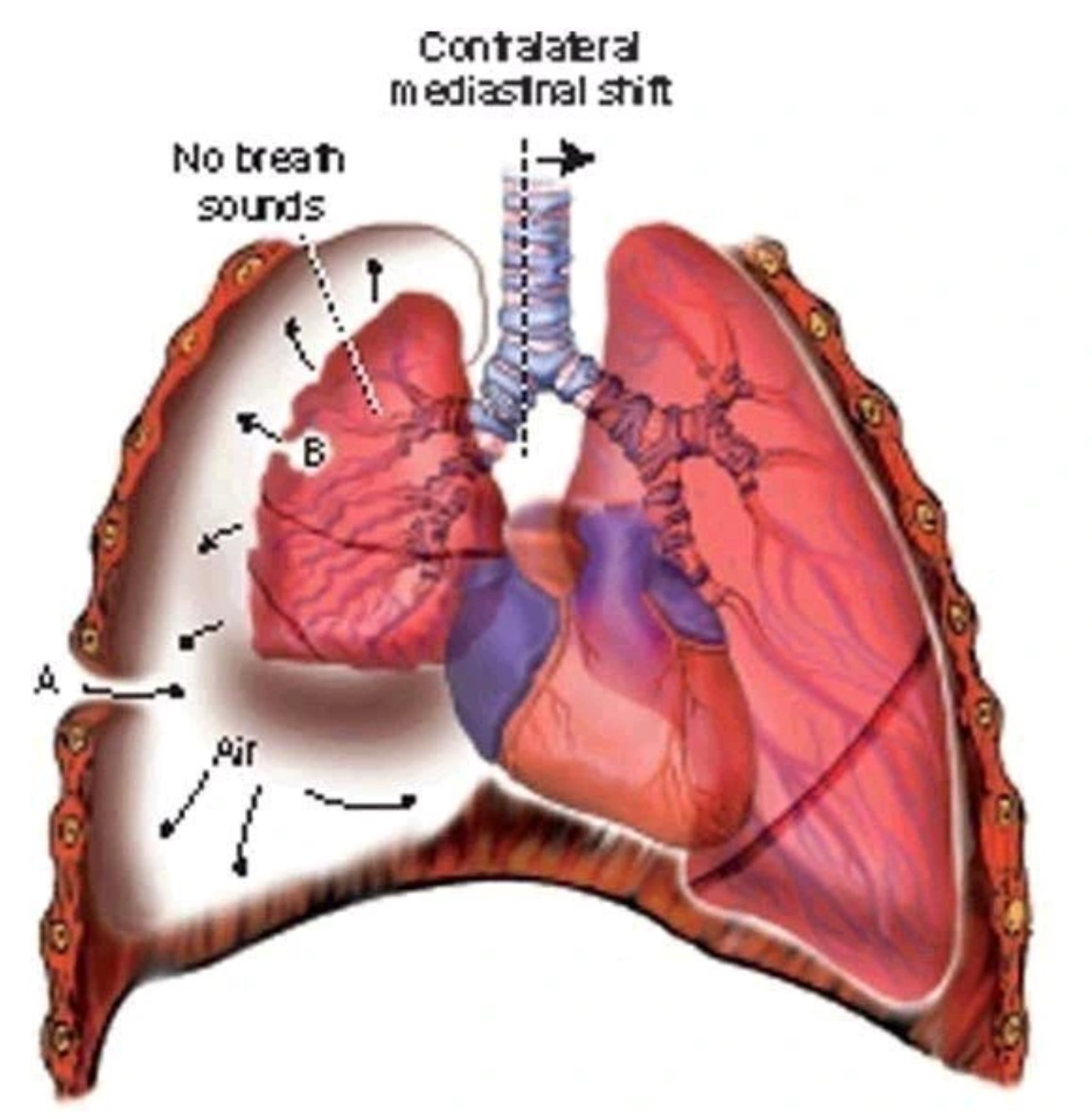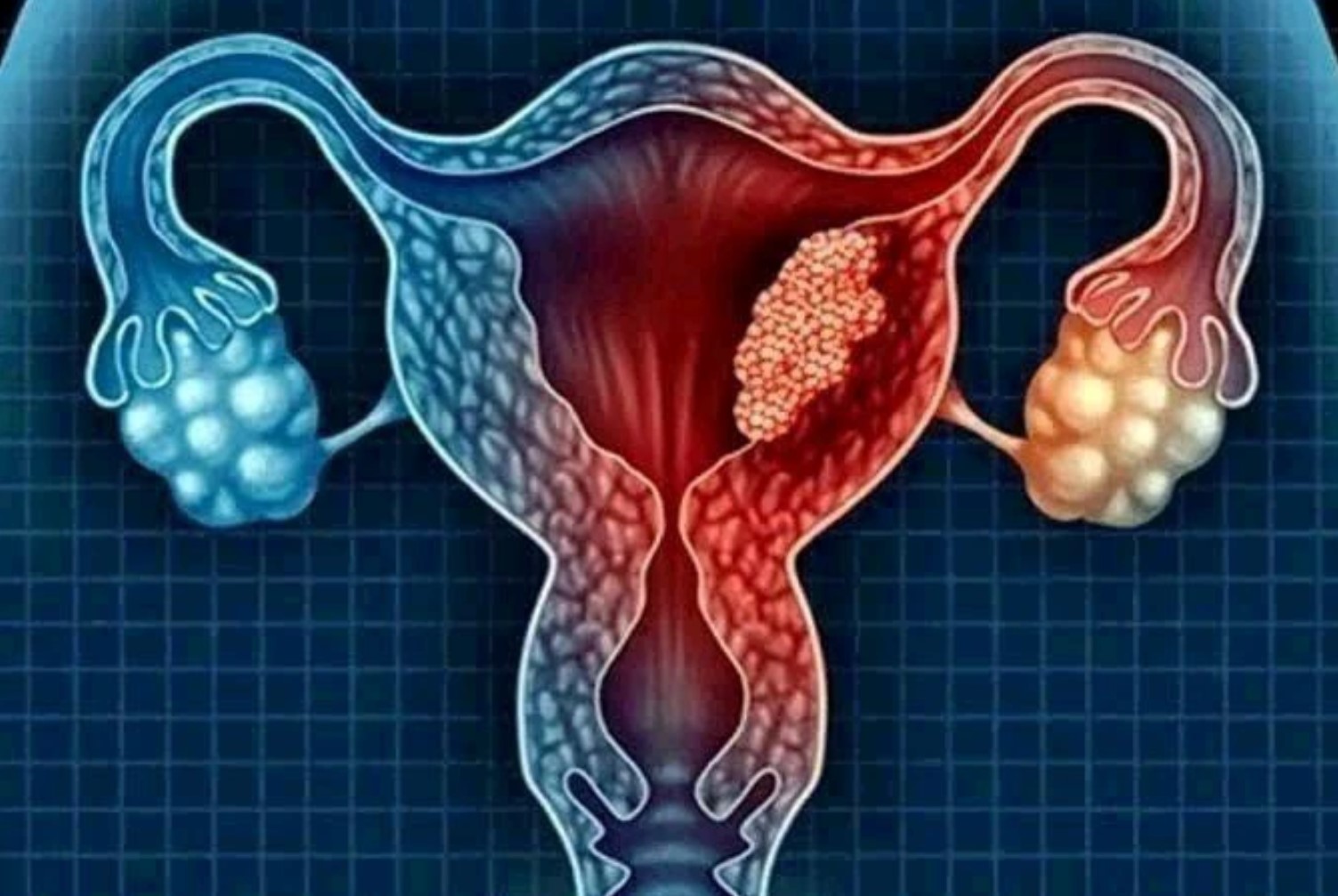Swelling or edema in the feet and legs can be uncomfortable and painful. It can be caused by various factors, such as prolonged standing or sitting, pregnancy, injury, or underlying medical conditions like poor circulation, kidney or liver disease. While it’s important to address the root cause of the swelling, incorporating certain nutrients into your diet can help alleviate the discomfort and reduce inflammation.
1. Potassium
Potassium is an essential mineral that plays a crucial role in regulating fluid balance in the body. It helps to prevent water retention and reduce swelling by promoting the excretion of excess fluids through the kidneys. Foods rich in potassium include bananas, sweet potatoes, spinach, avocados, and tomatoes.
2. Magnesium
Magnesium is another mineral that can help reduce swelling by improving blood circulation and preventing fluid retention. It also has anti-inflammatory properties that can help alleviate swelling caused by injuries or conditions like arthritis. Good sources of magnesium include whole grains, nuts, seeds, and leafy green vegetables.
3. Vitamin C
Vitamin C is a powerful antioxidant that can help reduce inflammation and swelling. It also supports the production of collagen, which is important for healthy blood vessels and proper circulation. Citrus fruits, bell peppers, broccoli, and strawberries are excellent sources of vitamin C.
4. Bromelain
Bromelain is an enzyme found in pineapples that has been shown to have anti-inflammatory properties. It can help reduce swelling and inflammation caused by injuries or conditions like arthritis. Incorporating fresh pineapple or taking bromelain supplements can be beneficial for reducing swelling in the feet and legs.
5. Turmeric
Turmeric is a spice that contains a compound called curcumin, which is known for its potent anti-inflammatory effects. Curcumin can help reduce swelling and inflammation by inhibiting the production of inflammatory molecules in the body. You can add turmeric to your meals or take it in supplement form.
6. Ginger
Ginger is another natural anti-inflammatory ingredient that can help reduce swelling and discomfort. It contains compounds called gingerols that have been shown to inhibit the production of inflammatory enzymes in the body. Fresh ginger can be added to drinks or meals, or you can take ginger supplements.
7. Omega-3 Fatty Acids
Omega-3 fatty acids are known for their anti-inflammatory properties and can help reduce swelling caused by various conditions. They work by reducing the production of inflammatory molecules in the body. Good sources of omega-3s include fatty fish like salmon, mackerel, and sardines, as well as walnuts, flaxseeds, and chia seeds.
8. Green Tea
Green tea is rich in antioxidants called polyphenols, which have anti-inflammatory effects. These antioxidants can help reduce swelling and inflammation by neutralizing harmful free radicals in the body. Drinking a few cups of green tea daily can provide these beneficial compounds.
9. Water
Staying hydrated is crucial for reducing swelling, as dehydration can lead to fluid retention and exacerbate swelling. Drinking plenty of water helps flush out excess fluids and sodium from the body, reducing the risk of swelling in the feet and legs.
 READ FULL STORY HERE>>>CLICK HERE TO CONTINUE READING>>>
READ FULL STORY HERE>>>CLICK HERE TO CONTINUE READING>>>
10. Cranberry Juice
Cranberry juice is a natural diuretic, which means it can help promote the excretion of excess fluids from the body, thereby reducing swelling. It also contains compounds called proanthocyanidins, which have anti-inflammatory properties and can help alleviate swelling caused by conditions like arthritis or injuries.
In addition to incorporating these nutrients into your diet, there are several lifestyle changes you can make to further reduce swelling in your feet and legs:
1. Exercise regularly: Regular physical activity, such as walking, swimming, or cycling, can improve circulation and help reduce fluid buildup in the legs and feet.
2. Elevate your legs: When possible, elevate your legs above the level of your heart to promote better circulation and reduce swelling.
3. Wear compression stockings: Compression stockings can help improve blood flow and prevent fluid buildup in the legs and feet.
4. Limit salt intake: Excessive sodium intake can contribute to water retention and exacerbate swelling. Reduce your salt intake and choose low-sodium foods.
5. Manage underlying conditions: If swelling is caused by an underlying medical condition, such as kidney disease or heart failure, it’s essential to follow your healthcare provider’s recommendations for managing the condition.
It’s important to note that while these nutrients and lifestyle changes can help reduce swelling, they should not replace medical treatment for any underlying conditions. If you experience persistent or severe swelling, it’s advisable to consult with a healthcare professional to determine the cause and receive appropriate treatment.
By incorporating these top 10 nutrients into your diet and making lifestyle adjustments, you can help alleviate discomfort and improve your overall well-being. Remember, a balanced diet rich in anti-inflammatory foods and staying hydrated can go a long way in reducing swelling and promoting better overall health.


 SPORTS11 months ago
SPORTS11 months ago
 IN-THE-NEWS6 months ago
IN-THE-NEWS6 months ago
 METRO10 months ago
METRO10 months ago
 SPORTS10 months ago
SPORTS10 months ago
 METRO11 months ago
METRO11 months ago
 IN-THE-NEWS6 months ago
IN-THE-NEWS6 months ago
 SPORTS10 months ago
SPORTS10 months ago
 SPORTS10 months ago
SPORTS10 months ago



